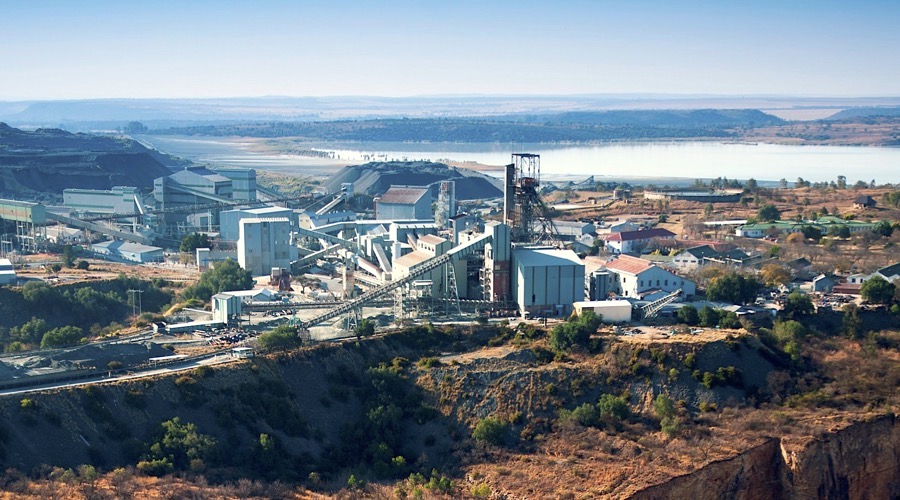
Shares in African diamond miner Petra Diamonds (LON: PDL) hit an all-time low on Monday after reporting a net loss of $258.1 million for the year ending in June, compared to a $203.1 million-loss in 2018, amid challenging market conditions.
The company, which has mines in South Africa and Tanzania, said the loss reflected an impairment charge of $246.6 million triggered by lower diamond price assumptions.
Richard Duffy, who has been at Petra’s helm since April, said the diamond market was in its worst state since the financial crisis in 2008, but expects it to stabilize in the next 12 to 18 months.
Petra believes the diamond market is in its worst state since the financial crisis of 2008.
The miner’s share price fell to a record low of 7.178 pence, recovering slightly to trade down 8% by 08:30 London time at 7.45 pence. The stock is down about 80% this year, which gives the company a current market value of £65.64 million (about $82m a today’s rates).
Petra has been trying to turn around its fortunes after piling up debt to expand its flagship Cullinan mine in South Africa, where the world’s largest-ever diamond was found in 1905.
The miner was able to generate positive cash flow for the first time since embarking on the mine’s major upgrade in 2011.
Despite vowing in March to keep the company’s founder as chairman, Petra said Adonis Pouroulis would leave the board by the end of the third quarter 2020, once a successor had been appointed.
Diamond miners are struggling across the board, especially those producing cheaper and smaller stones, where there is an over-supply.
The US-China trade row and protests in Hong Kong dented demand in Asian markets.
Increasing demand for synthetic diamonds has also weighed on prices. Diamond prices
Man-made diamonds require less investment than mining natural stones and can offer more attractive margins.
Diamond miners are struggling across the board, especially those producing cheaper and smaller stones, where there is an over-supply.
Synthetic producers spend around $300-500 per carat produced, according to a 2018 report by Bain & Company.
Lab-grown diamonds produced by De Beers, the world’s top diamond miner by value, sell for $800 per carat.
Petra, by contrast, has to shift 20,000 tonnes of earth at Cullinan to yield just one cup of diamonds. Average average cost in the 2019 financial year was $110 per carat, 12% less than in 2018.
Buyers, those that polish and cut diamonds for retailers, have been hit this year by lower prices and tighter credit, prompting them to delay purchases. Tiffany’s reported in August a 3% decline in like-for-like sales, while shares in Signet, the world’s largest retailer of diamond jewellery, have lost more than 60% of their value this year.
De Beers has responded by axing production — with a target of 31 million carats this year compared with 35.3 million in 2018. It has also announced it would spend more on marketing.
In March, Africa-focused Firestone Diamonds (LON:FDI) put plans to extend the life of its 75%-owned Liqhobong mine in Lesotho on the back burner, saying that current market conditions didn’t support such project.